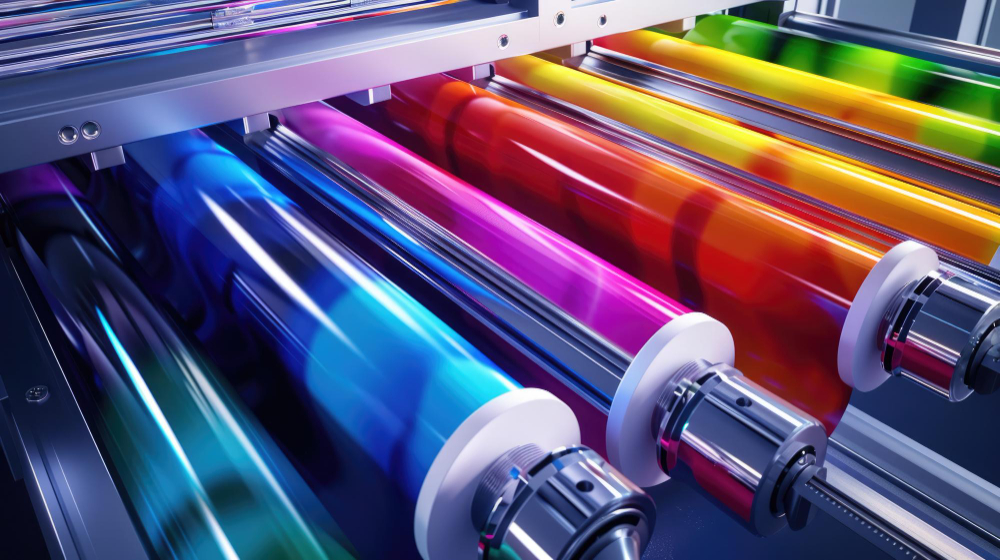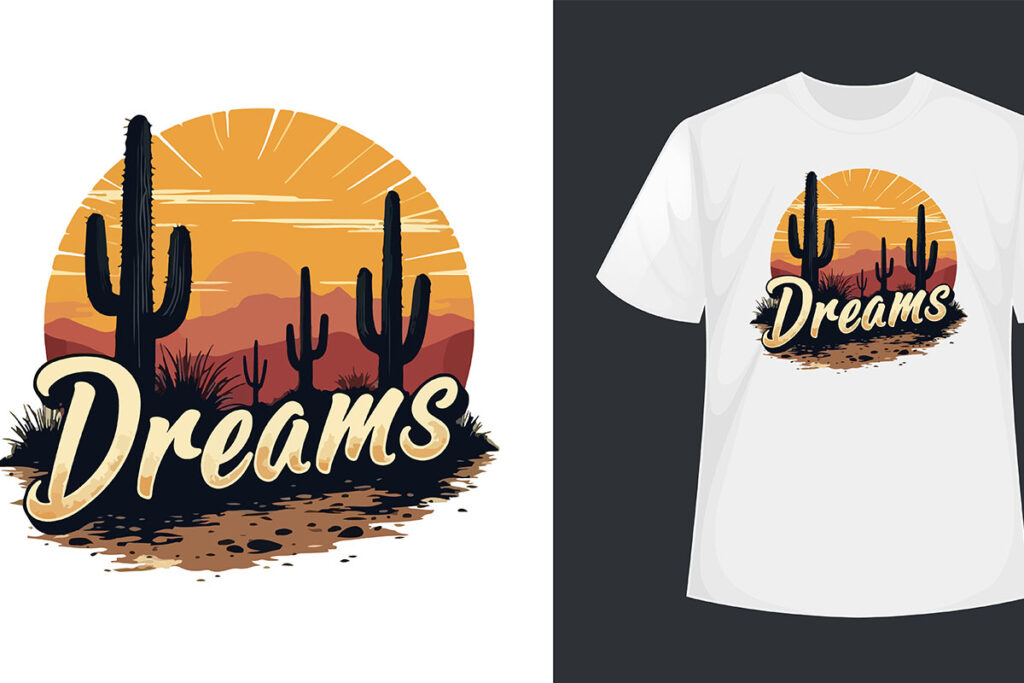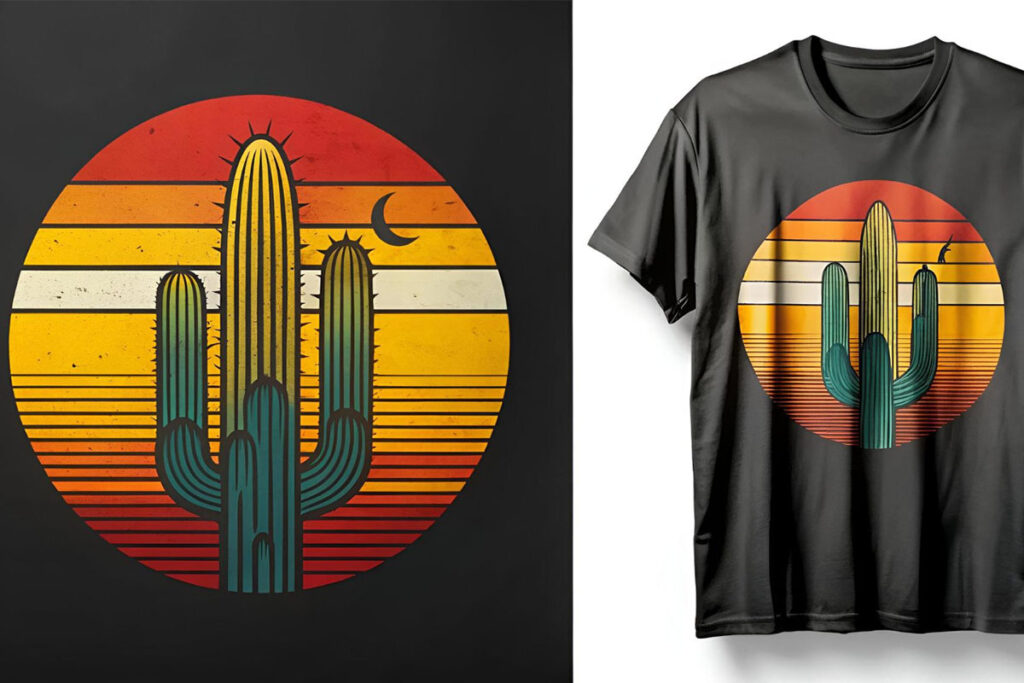UV DTF, short for Ultra-Violet Direct to Film printing, is rapidly transforming the printing industry through its groundbreaking technology that combines the advantages of UV printing and direct-to-film methods. This advanced process allows for vibrant, high-quality prints on a myriad of surfaces, fulfilling the needs for custom printing solutions in today’s diverse market. As businesses increasingly seek to differentiate their offerings, understanding the benefits of UV DTF becomes paramount, paving the way for creative and unique products. By employing UV DTF, companies can enhance their brand visibility while keeping production costs manageable—all while meeting the rising consumer demand for personalization. In this article, we’ll delve into how UV DTF is revolutionizing printing, shaping the future of custom graphics and applications.
Ultra-Violet Direct to Film printing, often referred to as UV DTF, represents a pivotal advancement in modern printing technologies. It embodies a synthesis of two significant printing methods—UV printing and direct-to-film (DTF)—to deliver unparalleled versatility in printing. With this innovative approach, businesses can explore limitless possibilities in custom graphics, effectively catering to a wide range of materials and substrates. As industries evolve towards more sustainable and efficient practices, the shift towards innovative printing solutions like UV DTF not only meets the growing demand for high-quality prints but also addresses the need for environmental responsibility. This discussion will uncover how this technology stands at the forefront of the printing revolution, enabling brands to thrive in an increasingly competitive landscape.
The Rise of UV DTF Technology in Modern Printing
The advent of UV Direct to Film (DTF) technology has marked a significant evolution in the printing industry. This innovative process combines the best of both ultraviolet (UV) printing and traditional direct-to-film methods, resulting in a versatile solution that can print on a wide variety of materials. From fabrics to metals and plastics, UV DTF technology empowers businesses to create stunning, customizable products that cater to an increasingly diverse consumer market.
Moreover, the ability to produce vibrant, high-quality prints efficiently positions UV DTF as a frontrunner in modern printing solutions. As consumer demands for personalized items rise, companies are rapidly adopting this technology to meet the needs for customized apparel, signage, and promotional products. In doing so, UV DTF technology is not just reshaping production methods but is also set to redefine consumer expectations and the standards of quality in printed products.
Exploring the Benefits of UV DTF Printing
One of the standout advantages of UV DTF technology is its immense versatility. This printing method allows for the application of graphics on a wide range of substrates, which is crucial for businesses looking to diversify their product offerings. Whether a client needs custom t-shirts, branded stickers, or intricate signage, UV DTF can accommodate various requests, enhancing market opportunities and potential revenue streams for printing businesses.
Furthermore, the durability of UV DTF prints is a significant plus. The UV light curing process ensures that the inks adhere strongly to surfaces, resulting in prints that resist fading, scratching, and general wear. This durability is especially beneficial for products exposed to outdoor conditions or high usage, like work uniforms and point-of-sale displays. Clients are more likely to establish long-term partnerships with providers who can guarantee quality that stands the test of time.
Speed and Efficiency in Production with UV DTF
In today’s fast-paced market, efficiency is paramount, and UV DTF technology rises to the challenge. The quick curing process involved in UV printing allows for swift production cycles, enabling businesses to meet demanding timelines without compromising on quality. As customers increasingly expect rapid fulfillment of orders, adopting UV DTF technology can provide printing companies with a competitive edge, enhancing client satisfaction and loyalty.
Additionally, the streamlined workflow associated with UV DTF reduces labor and operational costs. With fewer production steps needed compared to traditional printing methods, businesses can operate with smaller teams while maintaining high output levels. As a result, UV DTF not only accelerates production times but also optimizes resource allocation across various business functions.
Sustainability in UV DTF Printing
The environmental benefits of UV DTF printing are becoming more crucial as industries move towards sustainability. This technology utilizes fewer solvents and less water compared to traditional methods, significantly reducing environmental impact. For businesses looking to enhance their green credentials, adopting UV DTF offers a tangible way to minimize waste and emissions, appealing to eco-conscious consumers who prioritize sustainable practices in their purchasing decisions.
Moreover, by relying on UV inks that cure quickly, UV DTF printing decreases energy consumption during production. This aligns with global initiatives aimed at reducing carbon footprints, providing an additional advantage for companies when marketing their products. The synergy between quality production and environmental responsibility exemplifies how UV DTF is not just advancing technology, but also fostering a commitment to sustainability in the printing industry.
Cost Efficiency of UV DTF Printing
When evaluating the financial implications of implementing UV DTF technology, businesses often find that the operational costs are considerably lower than conventional printing methods. The reduced maintenance needs of UV printers, combined with their efficiency in production, contribute to a more streamlined approach where businesses can allocate resources more effectively. This reduction in overall operational costs can lead to higher profit margins, making UV DTF an attractive option for both established companies and startups.
Moreover, the long-term benefits of UV DTF technology also encompass lower ink waste and material costs. The ability to print on-demand means that companies can better manage inventory and reduce surplus products. This shift toward a more efficient use of materials ultimately supports better financial planning and inventory management, aligning with the increasing emphasis on lean manufacturing practices across the industry.
The Future of UV DTF in Custom Printing Solutions
As the printing landscape continues to evolve, the integration of UV DTF technology into custom printing solutions is paving the way for new creative possibilities. With advancements in digital printing technology, businesses can offer clients highly personalized products at scale. This capability not only enhances customer experience but also opens up new avenues for artistic expression and branding opportunities across various industries.
Additionally, the rise of automation and smart technologies in printing processes suggests that UV DTF’s role will only expand in the coming years. The use of artificial intelligence and machine learning can optimize production workflows, predict maintenance needs, and enhance quality control measures, further reinforcing UV DTF as a cornerstone of future printing operations. As the demand for customization grows, UV DTF is set to lead the charge into a new era of innovation and efficiency in the printing industry.
Frequently Asked Questions
What is UV DTF printing technology and how does it work?
UV Direct to Film (UV DTF) printing combines direct-to-garment (DTG) printing with UV printing techniques. It involves printing designs on a film using UV inks, which are cured instantly through ultraviolet light. This enables the transfer of vibrant prints onto various substrates, including fabric, plastic, and metal, making it a versatile choice for custom printing solutions.
What are the main benefits of using UV DTF printing for businesses?
The benefits of UV DTF printing include its versatility in printing on various materials, durability and quality of finished products, speed and efficiency in production, reduced environmental impact due to lower use of water and solvents, and relatively low maintenance costs. These factors make UV DTF a compelling solution for businesses in need of effective printing technology.
How does UV DTF compare to traditional printing methods?
UV DTF printing offers several advantages over traditional printing methods. It provides faster curing times, higher durability for prints, and the ability to work on a wider range of materials, including non-fabric items like signage and promotional products. Additionally, UV DTF is more environmentally friendly, producing less waste and using fewer resources compared to conventional techniques.
What industries can benefit from UV DTF printing technology?
UV DTF printing technology is beneficial across various industries, including fashion, advertising, home decor, and promotional products. Its ability to produce high-quality prints on diverse materials allows businesses in these sectors to create customized items that cater to specific consumer demands, enhancing their market offerings.
Is UV DTF printing cost-effective for small businesses?
While the initial investment for UV DTF printers can be high, the long-term cost savings from low maintenance requirements and efficient production cycles make it cost-effective for small businesses. As production efficiency increases and wider product offerings are enabled, UV DTF can significantly enhance profitability in the competitive printing market.
What should businesses consider before adopting UV DTF printing technology?
Before adopting UV DTF printing technology, businesses should evaluate several factors, including the initial investment costs, the need for specialized inks, training for staff, and suitability for their product offerings. Understanding these aspects will help businesses make an informed decision about integrating UV DTF into their operations for optimal results.
| Key Features | Description |
|---|---|
| Versatility of Material | Ability to print on various surfaces including textiles, metals, and plastics, catering to numerous sectors. |
| Durability and Quality | Prints are resistant to wear, fading, and scratching due to immediate UV curing. |
| Speed and Efficiency | Rapid production cycles meet tight deadlines without sacrificing quality. |
| Reduced Environmental Impact | Utilizes less water and solvents, decreasing emissions and waste. |
| Low Maintenance Costs | Less operational maintenance required compared to traditional printing methods. |
Summary
UV DTF (Ultra-Violet Direct to Film) printing is reshaping the printing industry with its innovative technology that allows for high-quality, vibrant prints on a multitude of surfaces. This technique combines the best of direct-to-garment and UV printing methods, resulting in outstanding versatility and efficiency. Businesses are able to produce durable products that withstand wear and tear while maintaining exceptional quality. Additionally, UV DTF offers environmental benefits by reducing water and solvent usage, thereby minimizing waste. As the demand for customized and sustainable printing solutions grows, the adoption of UV DTF technology will undoubtedly enhance the competitive edge of businesses in the evolving marketplace.



